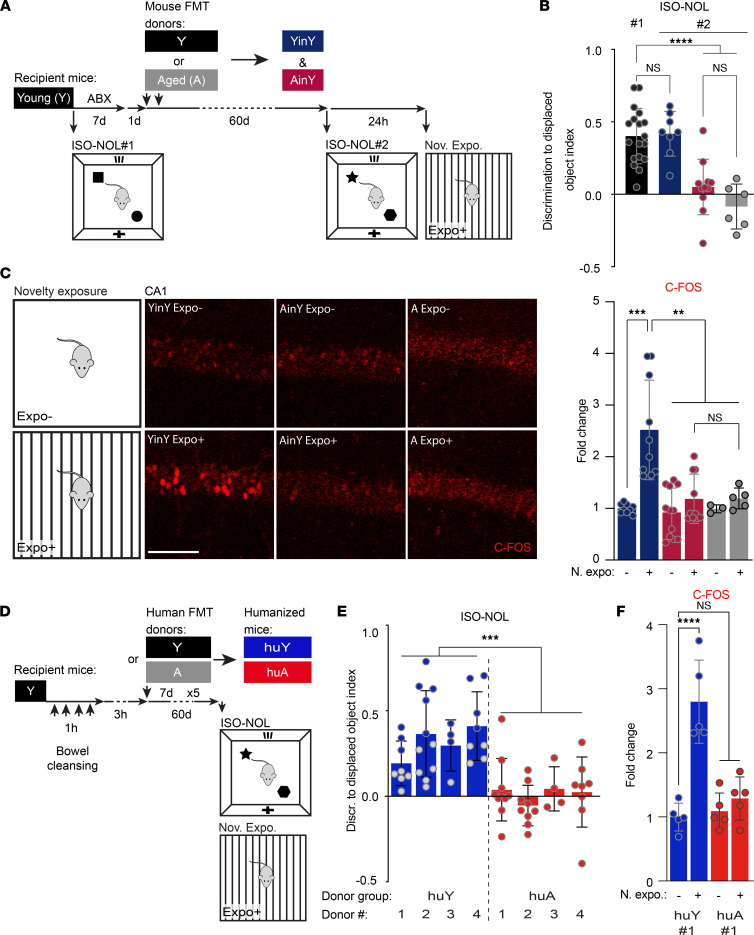Figure 1. Age-associated gut microbiota (GM), of both murine and human origin, impairs hippocampal function and structure.
(A) Timeline of the age-associated GM transplantation scheme in young (Y) adult mice (10- to 12-week-old). Y mice were ABX-treated for 7 days followed by fecal microbiota transplantation (FMT) from either young or aged (A) mice (18–20 months), to generate A mouse FMT in Y (AinY) mice and the corresponding Y mouse FMT in Y (YinY) control animals. The effect of the transplantation was assessed 60 days later by the measure of memory abilities in the isotropic version of the novel object location task (ISO-NOL), followed 24 hours later by the exposure to novelty assay. (B) Memory abilities in the ISO-NOL task of the Y mice prior to (ISOL-NOL #1) and after (ISOL #2) the age-related FMT in comparison to A mice (n = 18, 8, 10, and 6 mice per group). (C) Representative IHC images and quantitative analysis of the effect of A- versus Y-associated GM transplantation compared with aged mice on the number of C-FOS+ cells measured in CA1, after the exposure to novelty (n = 7, 8, 10, 7, 3, and 5 mice per group). (D) Timeline of the human GM-transplantation scheme, with the generation of the young human (huY) and aged (HuA) human donor FMT animals, and behavior in Y mice. (E) Memory abilities of the huA and huY mice in the ISO-NOL behavioral task (n = 4 donors per age human GM group, with 5–10 replicate mice per donor). (F) Quantification of the increase in the number of dorsal hippocampal CA1 C-FOS+ cells after the exposure to novelty in huA #1 versus huY #1 mice (n = 5 per group). Schematics (A and D) depict the experimental group color codes used for the associated quantifications. (B, C, and F) One-way ANOVA. (E) Two-way ANOVA with Fisher’s test. Data are shown as mean ± SD. **P ≤ 0.01; ***P < 0.001; ****P > 0.0001. Scale bars: 100 μm. FMT, fecal microbiota transplantation; n. expo., novelty exposure assay.

